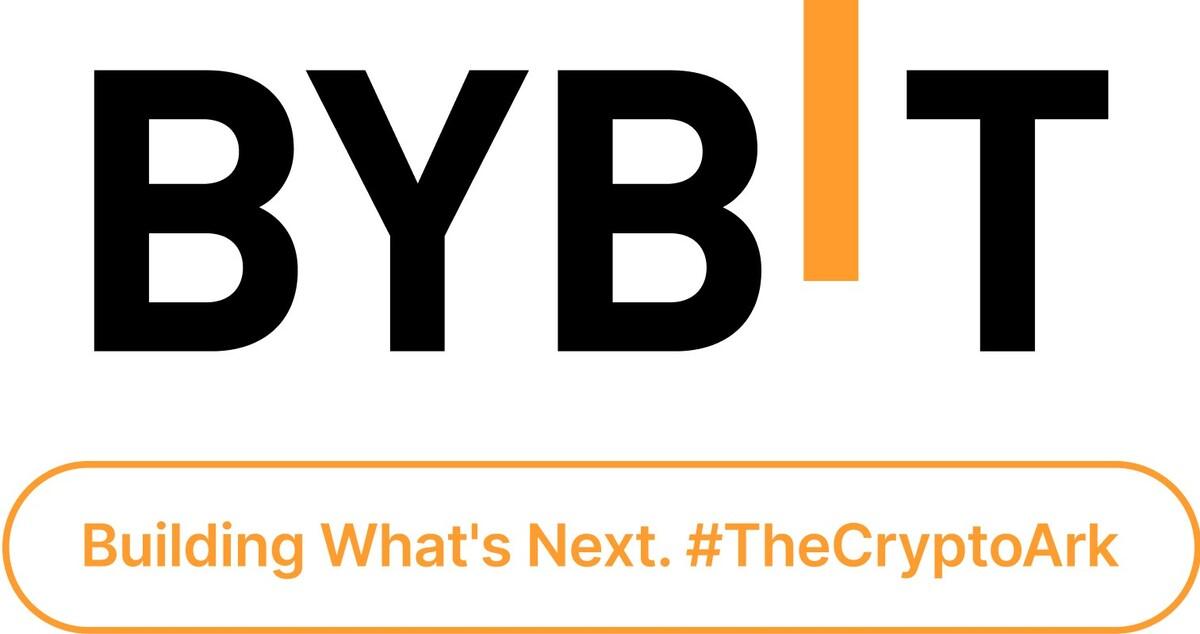The Consensus Mechanism is a critical component of blockchain technology that ensures agreement among nodes in a decentralized network. It is responsible for verifying and validating transactions, maintaining the integrity of the blockchain, and enabling the secure and transparent transfer of digital assets.
In simpler terms, the Consensus Mechanism is a set of rules and protocols that all participants in a blockchain network must follow to agree on the validity of transactions and achieve a shared state of the ledger. Without a robust Consensus Mechanism, the blockchain would be vulnerable to attacks and manipulation.
What is the importance of the Consensus Mechanism in blockchain?
The Consensus Mechanism plays a pivotal role in ensuring the security, reliability, and immutability of blockchain networks. Here’s why it is crucial:
- Decentralization: One of the key principles of blockchain is decentralization. By distributing decision-making power across a network of nodes, rather than relying on a central authority, blockchain achieves greater transparency and resiliency. The Consensus Mechanism enables decentralized decision-making by ensuring that all nodes agree on the state of the blockchain.
- Trustless System: With traditional centralized systems, trust is placed in a single entity or institution. However, blockchain eliminates the need for trust by providing a trustless system. The Consensus Mechanism ensures that transactions are verified by multiple participants in a transparent and tamper-proof manner, removing the need to trust a single party.
- Security: The Consensus Mechanism helps to maintain the security of the blockchain by preventing malicious actors from altering or tampering with the data. Consensus protocols make it extremely difficult for an attacker to gain control over the network, as they would need to control a majority of the nodes, making it economically and computationally infeasible.
- Immutability: Immutability is a fundamental characteristic of blockchain. Once a transaction is added to the blockchain, it becomes virtually impossible to modify or delete. The Consensus Mechanism ensures that all nodes agree on the order of transactions and the content of each block, creating an immutable record of transactions.
What are the types of Consensus Mechanisms?
There are several types of Consensus Mechanisms employed by different blockchain platforms. Each mechanism has its own set of rules and requirements for achieving consensus. Here are a few notable examples:
- Proof-of-Work (PoW): The Proof-of-Work Consensus Mechanism was introduced by Bitcoin and is the most well-known and widely used mechanism. It requires participants, known as miners, to solve complex mathematical puzzles to validate transactions and create new blocks. This mechanism consumes significant computational power and energy, as miners compete to find the solution first. The first miner to solve the puzzle is rewarded with newly minted cryptocurrency.
- Proof-of-Stake (PoS): The Proof-of-Stake Consensus Mechanism, employed by platforms like Ethereum, selects validators to create new blocks based on their ownership or “stake” in the network. Validators are chosen randomly, and their chances of being selected are proportional to the number of tokens they hold. This mechanism reduces the computational power required, as validators are not required to solve complex puzzles, making it more energy-efficient compared to PoW.
- Delegated Proof-of-Stake (DPoS): DPoS is a variation of PoS used by platforms like EOS and Tron. Instead of all token holders participating in block validation, they elect a fixed number of delegates who are responsible for verifying transactions and creating new blocks. These delegates are voted for by the token holders based on their trustworthiness and technical capabilities. DPoS aims to improve scalability by allowing faster block confirmation times.
- Proof-of-Authority (PoA): PoA is a consensus algorithm used by platforms like VeChain. It relies on a fixed set of trusted validators, often referred to as “authorities,” who are responsible for validating transactions and creating new blocks. Unlike PoW or PoS, where anyone can become a validator, PoA requires validators to have a certain level of identity verification, ensuring a higher degree of trust and security.
What is the conclusion?
The Consensus Mechanism is a foundational concept in blockchain technology that enables decentralized decision-making, trustless systems, security, and immutability. It ensures that all participants in a blockchain network agree on the validity of transactions and achieve consensus on the state of the ledger. Different Consensus Mechanisms, such as PoW, PoS, DPoS, and PoA, employ various rules and requirements to achieve consensus. Understanding the Consensus Mechanism is essential for anyone looking to delve into the world of blockchain technology and its applications.














